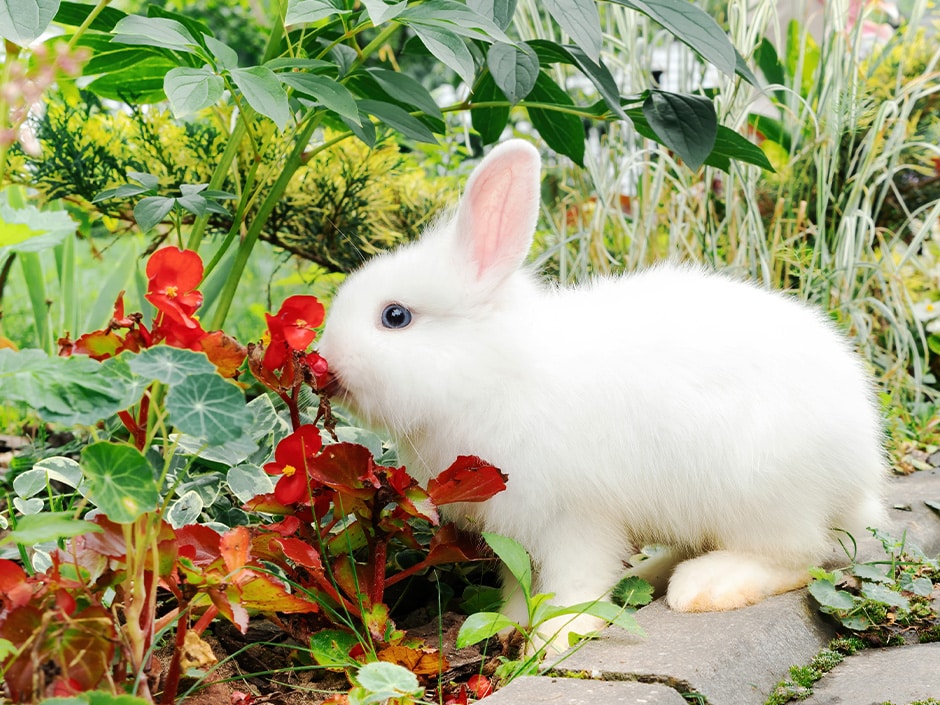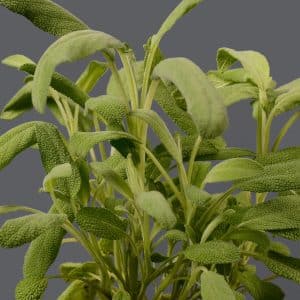7 Tips For Creating a pet-friendly Garden
DIY and how-to

Gardening is a lot of fun. Being a pet parent is wholesome. But combining the two can be stressful, because what’s good for your garden isn’t necessarily good for your furry companions.
Many animals are curious about nature, particularly when they’re young, so it’s important to create a safe space for them to enjoy. These tips will help you pet-proof your outdoor space and make it a safe haven for your entire family – furry babies included.
1. Create designated areas for your pets.
Paws off the petunias! Clearly defined paths and areas for your pets to dig, play or do their business will keep your garden looking beautiful while satisfying your pets’ needs. Low-growing hedges can serve a dual purpose by helping you create paths while protecting areas you’d prefer your pets to avoid.
Hardy ground covers and sturdy border plants and shrubs can also act as natural barriers, protecting your more delicate plants from curious paws. Incorporating these elements not only creates aesthetic variation in your garden, but also guides your pets towards or away from specific parts of your garden.
2. Make your garden stimulating for your pets.
Aside from creating different routes through your garden for your pet to explore, you can also add different textures and surfaces that are stimulating underfoot, like ornamental grass. And of course, there’s nothing a dog loves more than rolling around on freshly mown lawn!
As for cats, it’s all about scratching, climbing and hiding. If you don’t have trees in your garden, you can install vertical logs of various heights for your cats to climb, scratch and jump along.
Use plants, such as heather and lavender, to create nooks, crannies and hiding places. These don’t only provide shade in summer, but they also enable your kitty to pretend she’s prowling around in the wild.
P.S. Don’t forget to plant some catnip or cat grass! Here’s how to grow catnip at home.
3. Go wild with plants that are safe for your fur babies.
There are plenty of plants that will bring colour and vibrancy to your home without putting your pets’ wellbeing at risk. A quick google will help you identify which plants are safe for your pets, but here’s a short list to start with.
Plants that are safe for pets include (but are not limited to):
- many kinds of herbs and veggies (read up before making your selection)
- black-eyed Susan
- African violets
- snapdragons
- daisies
- petunias
- impatiens
- hibiscus
- zinnia
- asters
- pansies
- sweet potato vines
For more on pet-friendly gardening, read this blog:
4. Use non-harmful, organic pesticides, and avoid rat and snail bait.
Products like Diatomaceous Earth are safe for your pets but will help you eradicate irritating pests efficiently. You can also try these clever ways to get rid of pests organically. Did you know that catnip, for example, is an excellent mosquito repellent?
It should also go without saying that if you have pets, you should never use rat, ant or snail bait on your property. It’s far too easy for inquisitive cats and dogs to ingest these and become ill. Chat to the experts at your local Stodels Garden Centre for advice on the safest products to use around your home.
5. Put a veto on your veggie garden.
Remember the hedges we mentioned earlier? Your veggie garden is a great place to establish these to keep your pets away from potentially harmful nibbles.
While some veggies are perfectly safe for your fur babies to eat, others are not – for example, alliums such as garlic, leeks, onions and chives, as well as unripe tomatoes. These must be ingested in large amounts to cause issues for your pets, but when it comes to grapes (and raisins), eating only a few can cause serious complications.
Tall beds, window boxes or hanging baskets are also great options for growing veggies safely out of your pets’ grasp.
6. Store fertilisers, herbicides and pesticides safely out of reach.
Fertiliser may smell foul to you, but that same aroma can be delightfully appealing to your furry friends. And don’t be fooled by the organic variety, it can be just as harmful to your pets.
Tip: A great rule of thumb is to clean up after yourself immediately after a gardening session. Pets love to nose around in dirt and debris, and cleaning up anything harmful is far easier, safer and cheaper than an emergency visit to the vet!
7. Secure your pool (do it right meow!)
When it comes to swimming pools, pets are as much at risk as children are. Not all pets are strong swimmers, and even the ones that are will struggle to climb out of a pool that isn’t sufficiently full.
Cover your pool with a proper net or secure cover. Thermal or ‘bubble’ covers (those that float on top of the water) are not safety covers. In fact, they can pose an even greater risk as they can suck an animal down into the water and make it more difficult or impossible for them to climb out.
As a bonus, pool covers help to reduce evaporation and keep the water clean. No more leaf gunk at the bottom!
You might also like
Shop online
-
Sage 12cm
- R29.99
- Add to cart Learn More
-
- Sale!
DELOITTE AND TOUCHE ROSE 4KG
- Original price was: R149.99.R129.99Current price is: R129.99.
- Add to cart Learn More
-
Lettuce 6-Pack
- R39.99
- Add to cart Learn More
-
- Sale!
AMARYLLIS DYNAMITE RED BULBS
- Original price was: R99.99.R69.99Current price is: R69.99.
- Add to cart Learn More




